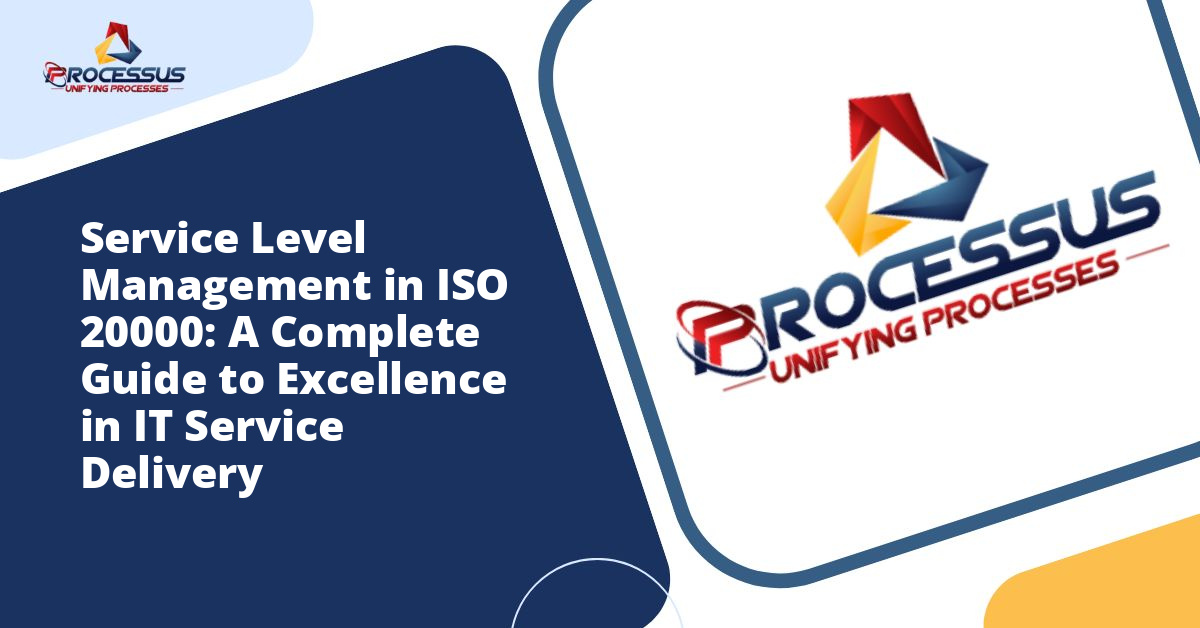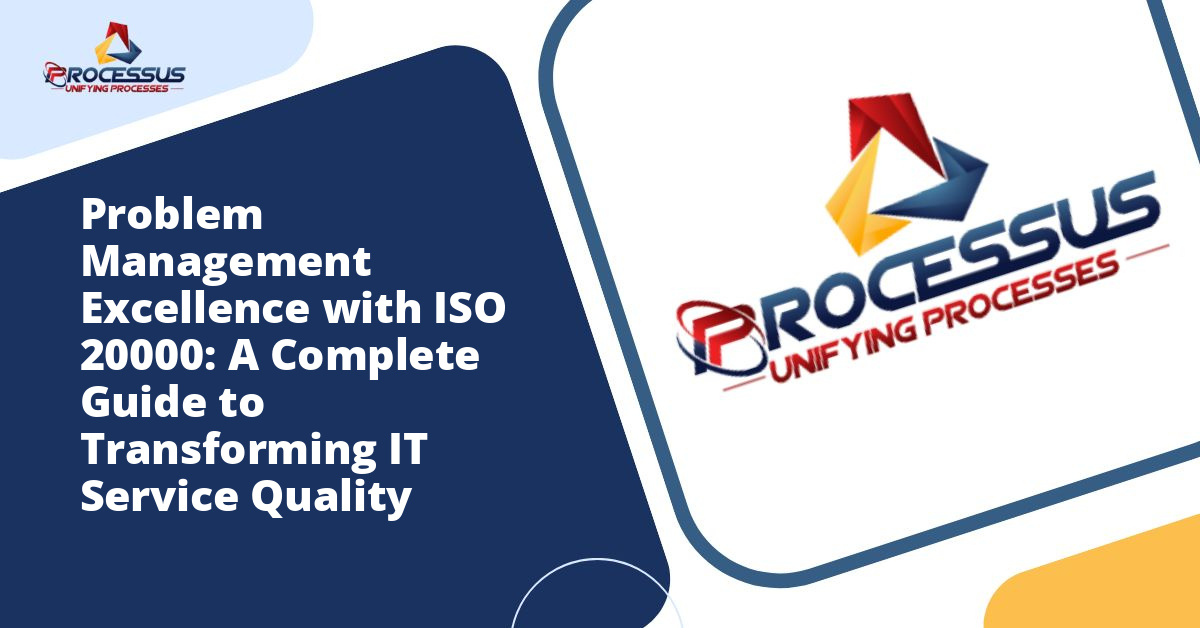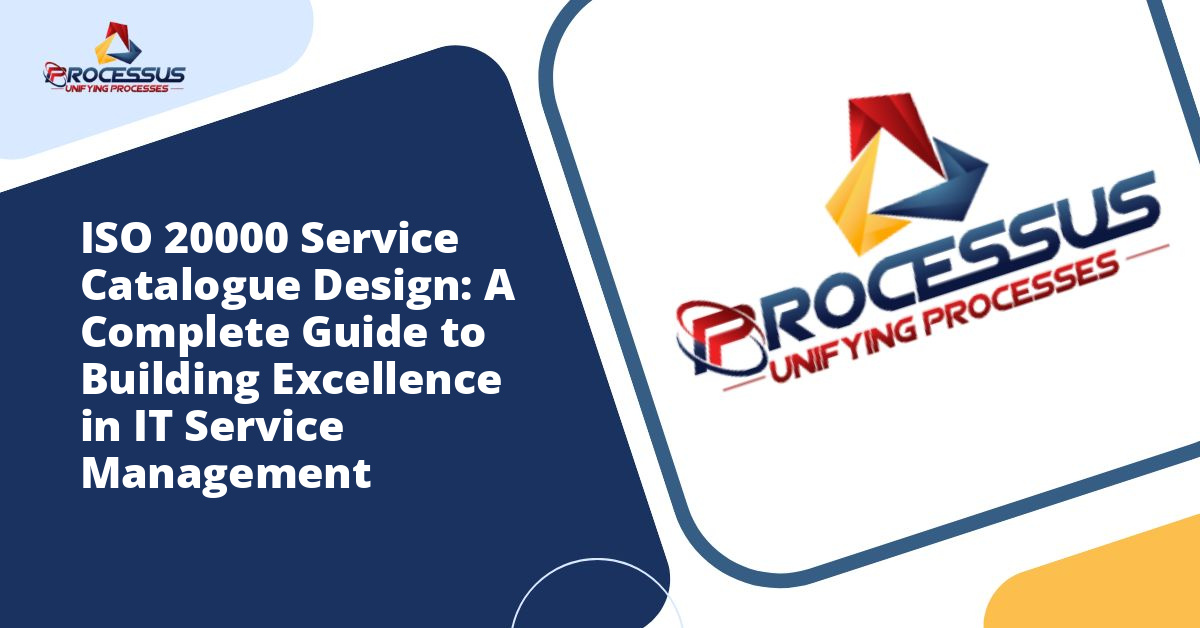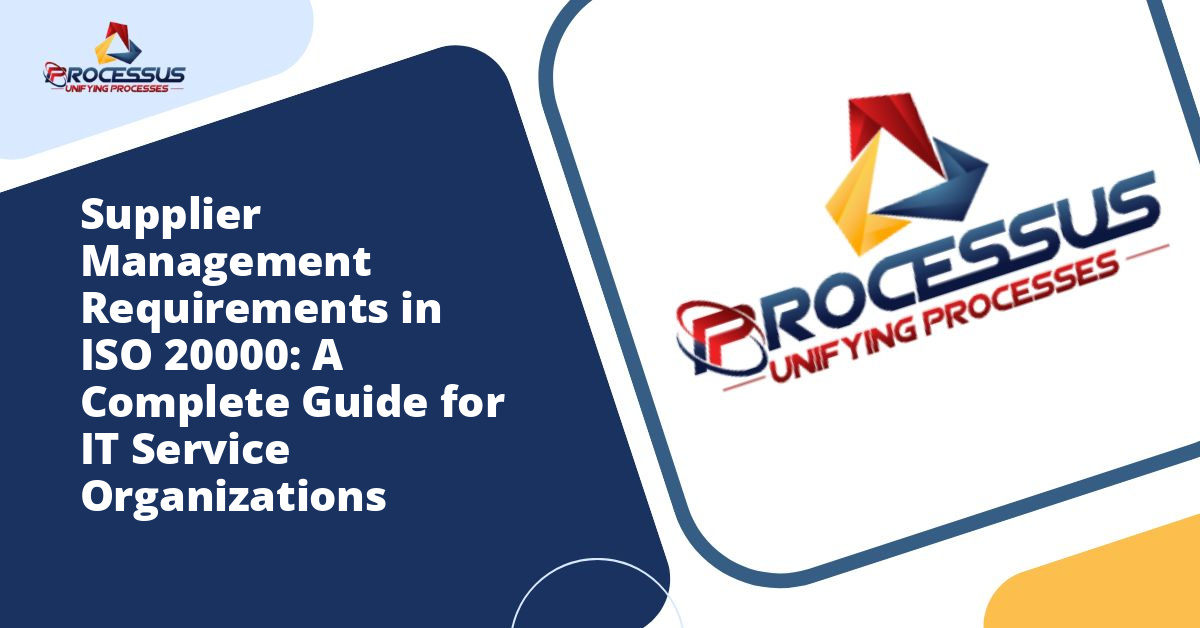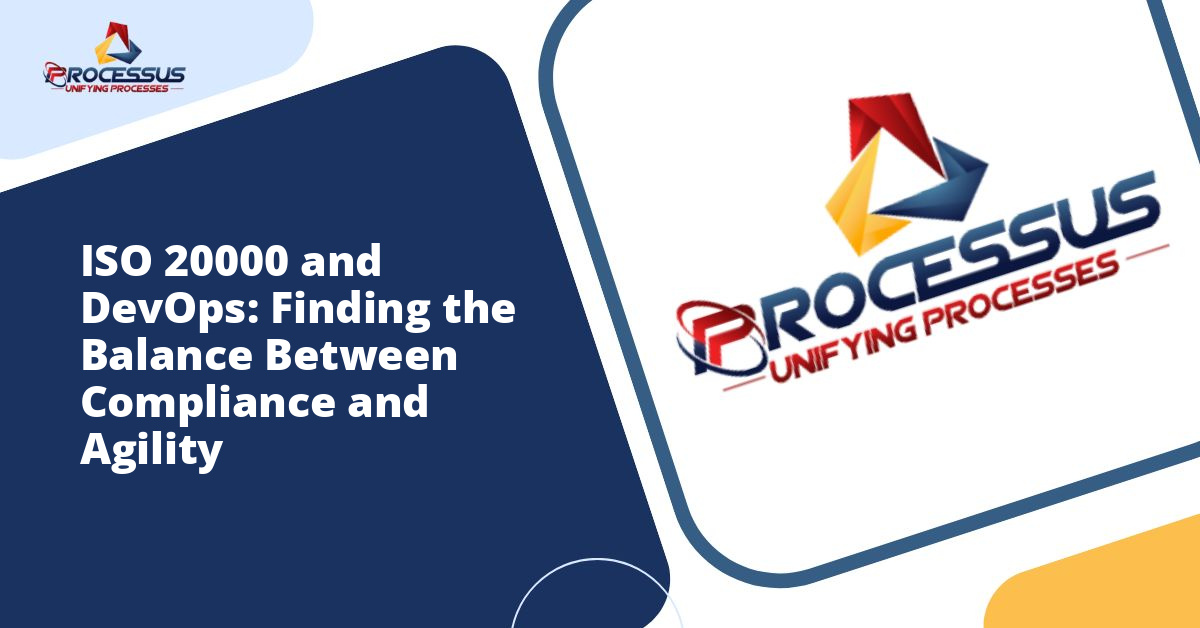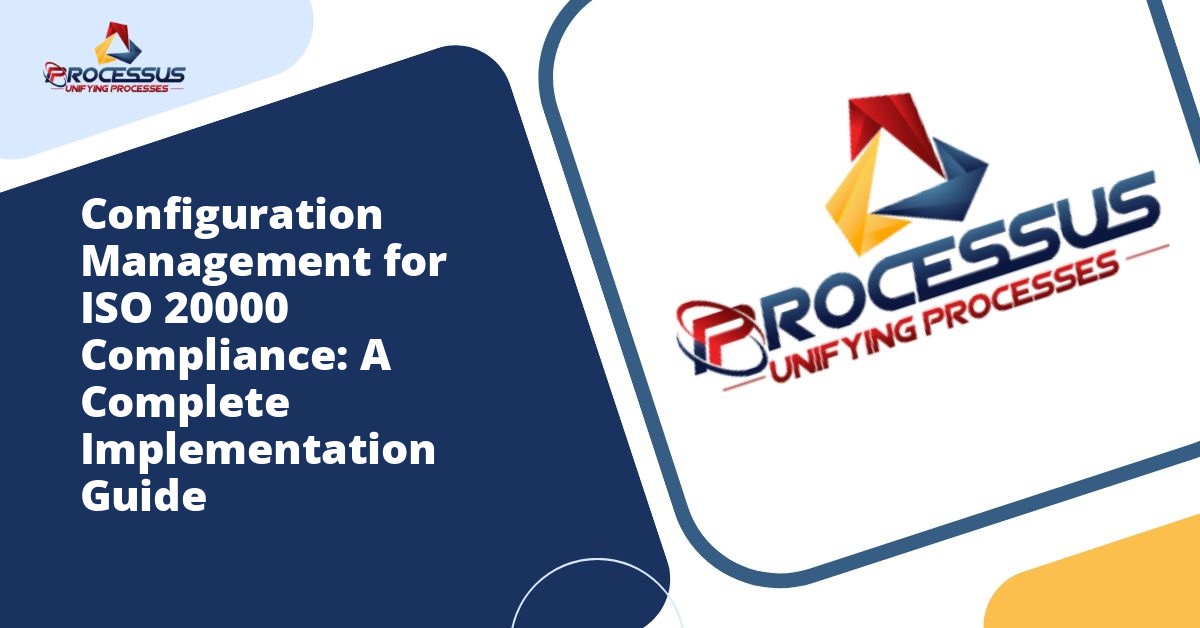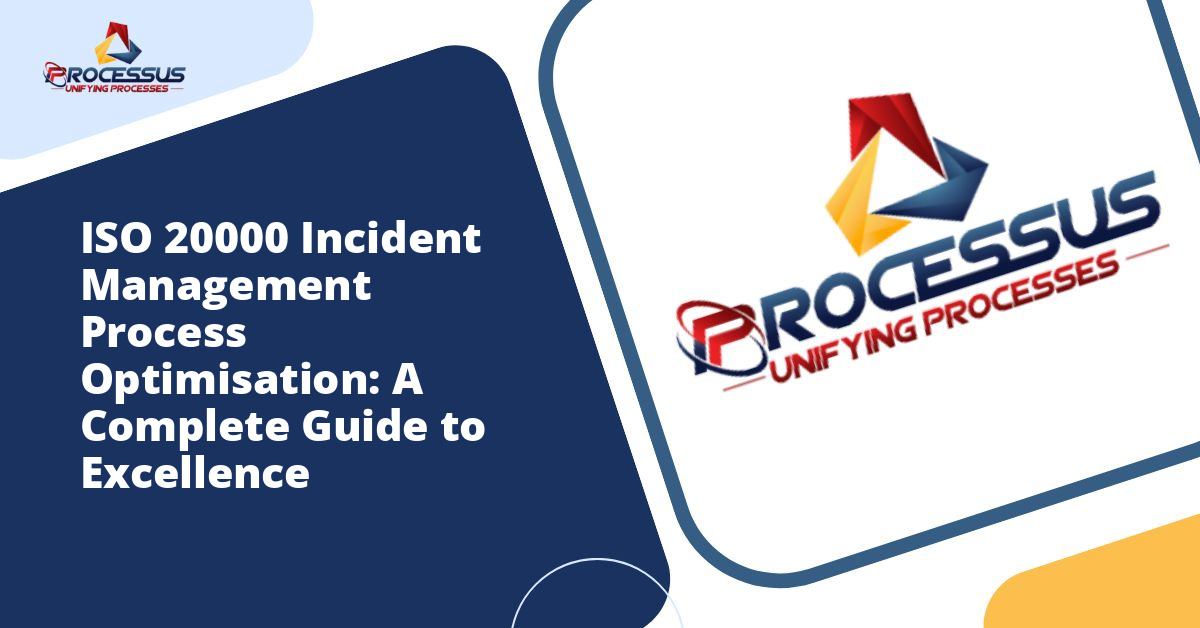In today’s digital landscape, organizations depend heavily on information technology services to maintain their competitive edge and meet business objectives. The quality and reliability of these services can make or break an organization’s success. This is where Service Level Management, as defined in ISO 20000, becomes a critical component of effective IT service management. Understanding and implementing proper Service Level Management practices ensures that services consistently meet agreed-upon standards and customer expectations.
ISO 20000, the international standard for IT Service Management Systems (SMS), provides a comprehensive framework for organizations to deliver managed services of acceptable quality to their customers. Within this framework, Service Level Management stands as one of the most vital processes, acting as the bridge between service providers and their customers. You might also enjoy reading about ITIL vs ISO 20000: A Complete Guide to Understanding Their Relationship and Differences.
Understanding Service Level Management
Service Level Management represents a systematic approach to defining, documenting, agreeing upon, monitoring, and reviewing the level of IT services provided to customers. It encompasses all activities required to ensure that the agreed service levels are achieved and maintained while keeping customer satisfaction at the forefront of service delivery. You might also enjoy reading about ISO 20000 Certification: Your Complete Implementation Guide for Service Management Excellence.
The primary purpose of Service Level Management is to establish clear expectations between service providers and customers. This process creates a mutual understanding of service requirements, responsibilities, and performance metrics. By implementing effective Service Level Management, organizations can avoid misunderstandings, reduce conflicts, and build stronger relationships with their customers.
Within the ISO 20000 framework, Service Level Management goes beyond simply creating documents. It represents an ongoing commitment to quality, continuous improvement, and customer satisfaction. The process involves regular communication, performance monitoring, and adjustment of services to meet changing business needs.
Key Components of Service Level Management in ISO 20000
Service Level Agreements
Service Level Agreements, commonly known as SLAs, form the cornerstone of Service Level Management. These formal documents define the specific services to be provided, the expected performance levels, and the responsibilities of both parties. An effective SLA clearly outlines measurable service targets, response times, availability requirements, and consequences for non-compliance.
Creating comprehensive SLAs requires thorough understanding of customer needs, technical capabilities, and resource availability. The agreements must be realistic, achievable, and aligned with business objectives. They should also include provisions for regular review and updates to ensure continued relevance as business requirements evolve.
Service Catalogue
The service catalogue serves as a centralized repository of all available services, providing customers with clear information about what services are offered, their features, and how to request them. This component connects directly to Service Level Management by ensuring that all documented services have corresponding service levels defined.
A well-maintained service catalogue promotes transparency and helps customers make informed decisions about the services they need. It typically includes service descriptions, eligibility requirements, costs, delivery timelines, and support arrangements.
Operational Level Agreements
Operational Level Agreements, or OLAs, define the internal support relationships required to deliver services to customers. These agreements specify how different internal teams will work together to meet the commitments made in customer-facing SLAs. For example, an OLA might define how the network team will support the application support team in maintaining service availability.
OLAs ensure that internal dependencies are clearly understood and managed. They create accountability within the organization and help identify potential bottlenecks or resource constraints that could impact service delivery.
Underpinning Contracts
When external suppliers contribute to service delivery, underpinning contracts become essential. These agreements with third-party vendors ensure that external support aligns with the service levels promised to customers. Service Level Management must coordinate these contracts to guarantee seamless service delivery across all providers.
Managing underpinning contracts requires careful oversight to ensure that supplier performance meets or exceeds requirements. This includes regular performance reviews, relationship management, and contingency planning for potential supplier issues.
The Service Level Management Process
Planning and Design
The Service Level Management process begins with careful planning and design. This phase involves identifying customer requirements, understanding business objectives, and assessing the organization’s capability to deliver services at specified levels. Service managers must gather input from stakeholders, analyze current service performance, and determine realistic targets.
During this phase, organizations should conduct thorough assessments of their resources, technology infrastructure, and staff capabilities. This information helps establish service levels that are challenging yet achievable, avoiding the pitfalls of over-promising or under-delivering.
Negotiation and Agreement
Once service requirements are understood, the negotiation phase begins. This involves detailed discussions with customers to agree upon service levels, performance metrics, and mutual responsibilities. Effective negotiation requires balancing customer expectations with organizational capabilities and resource constraints.
The negotiation process should be collaborative rather than adversarial. Both parties must understand the implications of service level commitments, including costs, resource requirements, and potential risks. The goal is to reach agreements that satisfy customer needs while remaining operationally and financially viable.
Monitoring and Reporting
After agreements are in place, continuous monitoring becomes essential. Organizations must implement robust systems to track service performance against agreed targets. This involves collecting relevant data, analyzing trends, and identifying potential issues before they impact service delivery.
Regular reporting provides transparency and accountability. Service reports should present performance data in clear, understandable formats that demonstrate whether service levels are being met. These reports typically include metrics such as availability percentages, response times, incident resolution rates, and customer satisfaction scores.
Review and Improvement
Service Level Management requires regular reviews to ensure continued effectiveness. Review meetings with customers provide opportunities to discuss performance, address concerns, and identify improvement opportunities. These sessions should examine whether current service levels remain appropriate for changing business needs.
The improvement aspect of Service Level Management aligns closely with the continual improvement philosophy central to ISO 20000. Organizations should actively seek ways to enhance service quality, increase efficiency, and better meet customer expectations. This might involve implementing new technologies, refining processes, or adjusting resource allocation.
Benefits of Effective Service Level Management
Organizations that implement robust Service Level Management practices according to ISO 20000 standards experience numerous benefits that extend far beyond simple compliance.
Enhanced Customer Satisfaction
Clear service expectations and consistent delivery lead to higher customer satisfaction. When customers know what to expect and see those expectations consistently met, trust and confidence in the service provider grow. This positive relationship often translates into longer-term partnerships and increased business opportunities.
Improved Service Quality
The structured approach to defining, monitoring, and reviewing service levels naturally drives quality improvement. Regular performance measurement highlights areas needing attention, while the commitment to meeting agreed targets motivates teams to maintain high standards.
Better Resource Management
Service Level Management provides clear visibility into resource requirements and utilization. Organizations can make informed decisions about staffing, technology investments, and capacity planning based on documented service commitments. This leads to more efficient resource allocation and reduced waste.
Reduced Conflicts and Disputes
Documented agreements eliminate ambiguity about service expectations and responsibilities. When issues arise, both parties can refer to the agreed terms rather than relying on memory or assumptions. This clarity significantly reduces conflicts and makes dispute resolution more straightforward.
Competitive Advantage
ISO 20000 certification demonstrates commitment to service excellence. Organizations with mature Service Level Management practices can differentiate themselves in the marketplace, potentially attracting customers who value reliability and professional service delivery.
Challenges in Implementing Service Level Management
While the benefits are substantial, organizations often encounter challenges when implementing or improving Service Level Management practices.
Setting Realistic Targets
One common challenge involves establishing service level targets that balance customer desires with practical constraints. Organizations sometimes commit to unrealistic targets under pressure to win business, only to face difficulties delivering on those promises. The solution requires honest assessment of capabilities and transparent communication with customers.
Measuring Service Performance
Accurate performance measurement demands appropriate tools, processes, and data collection methods. Many organizations struggle with inadequate monitoring systems or incomplete data. Investing in proper monitoring infrastructure and establishing clear measurement procedures are essential for overcoming this challenge.
Managing Multiple Agreements
As organizations grow, they may find themselves managing numerous SLAs, OLAs, and underpinning contracts. Keeping track of all these agreements and ensuring consistency across them becomes increasingly complex. Implementing centralized management systems and standardized templates can help address this challenge.
Adapting to Change
Business environments constantly evolve, and service level agreements must keep pace. Organizations need processes for regularly reviewing and updating agreements to reflect changing requirements, new technologies, or shifts in business priorities. Building flexibility into agreements and scheduling regular review cycles helps maintain relevance.
Best Practices for Service Level Management Success
Organizations seeking to excel in Service Level Management should consider implementing these proven best practices.
Involve Stakeholders Early
Engage all relevant stakeholders from the beginning of the Service Level Management process. This includes customers, internal teams, suppliers, and senior management. Early involvement ensures that different perspectives are considered and builds commitment to the agreed service levels.
Use Clear, Measurable Metrics
Define service level metrics that are specific, measurable, achievable, relevant, and time-bound. Avoid vague language or subjective measures that could lead to disagreements about whether targets have been met. Focus on metrics that truly matter to customers and align with business objectives.
Maintain Documentation
Keep all Service Level Management documentation current, accessible, and well-organized. This includes SLAs, OLAs, service catalogues, performance reports, and review meeting minutes. Good documentation practices support consistency, facilitate knowledge transfer, and provide evidence of compliance.
Communicate Regularly
Establish regular communication channels with customers and internal teams. Do not limit interaction to formal review meetings. Proactive communication about service performance, planned changes, or potential issues helps maintain strong relationships and prevents surprises.
Automate Where Possible
Leverage technology to automate data collection, performance monitoring, and reporting. Automation reduces manual effort, improves accuracy, and enables real-time visibility into service performance. Many IT service management tools include features specifically designed to support Service Level Management activities.
Focus on Continual Improvement
Treat Service Level Management as an evolving practice rather than a one-time implementation. Regularly assess process effectiveness, gather feedback, and identify opportunities for enhancement. Encourage teams to suggest improvements based on their experiences and observations.
Integration with Other ISO 20000 Processes
Service Level Management does not operate in isolation. It connects closely with other processes within the ISO 20000 framework, creating a cohesive approach to IT service management.
Incident Management relies on service level agreements to define response and resolution timeframes. When incidents occur, the agreed service levels determine priority levels and escalation procedures. Similarly, Problem Management uses service level data to identify recurring issues that threaten service quality.
Capacity Management works in tandem with Service Level Management to ensure adequate resources are available to meet service commitments. Service level requirements inform capacity planning decisions, while capacity constraints may influence what service levels can realistically be offered.
Change Management considers service level impacts when evaluating proposed changes. Changes that might affect service delivery require careful assessment to ensure they do not compromise agreed service levels without proper approval and communication.
The integration of Service Level Management with these and other processes creates synergies that enhance overall service management effectiveness. Organizations should deliberately design these connections rather than treating processes as separate, unrelated activities.
Moving Forward with Service Level Management
Implementing effective Service Level Management according to ISO 20000 principles requires commitment, resources, and ongoing attention. Organizations beginning this journey should start with clear objectives, realistic expectations, and a structured approach.
Begin by assessing current practices and identifying gaps relative to ISO 20000 requirements. Develop a roadmap for addressing these gaps, prioritizing areas with the greatest impact on service quality and customer satisfaction. Build internal capabilities through training and process development before expanding the scope of Service Level Management activities.
Remember that achieving ISO 20000 certification, while valuable, should not be the sole objective. The real goal is establishing sustainable practices that genuinely improve service delivery and create value for customers and the organization. Certification validates these practices but does not replace the need for ongoing commitment to excellence.
Organizations that successfully implement Service Level Management find that it transforms how they deliver services and interact with customers. The discipline of defining expectations, measuring performance, and continuously improving creates a culture of accountability and customer focus that extends throughout the organization.
Conclusion
Service Level Management represents a fundamental component of ISO 20000 and effective IT service management. By establishing clear agreements, monitoring performance, and maintaining open communication with customers, organizations can deliver consistent, high-quality services that meet business needs.
The journey toward mature Service Level Management practices requires effort and dedication, but the rewards justify the investment. Improved customer satisfaction, better resource utilization, reduced conflicts, and enhanced service quality combine to create significant organizational value.
As technology continues to evolve and business demands increase, the importance of structured Service Level Management will only grow. Organizations that master these practices position themselves for long-term success in an increasingly competitive and demanding marketplace. Whether pursuing ISO 20000 certification or simply seeking to improve service delivery, implementing robust Service Level Management practices provides a solid foundation for excellence in IT service management.

